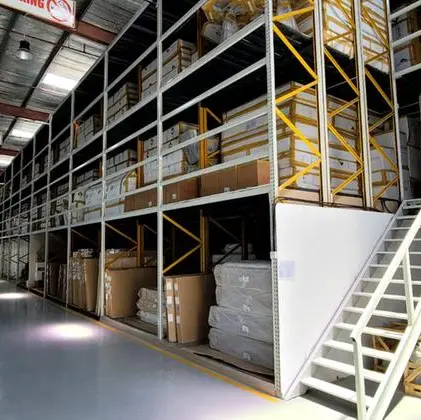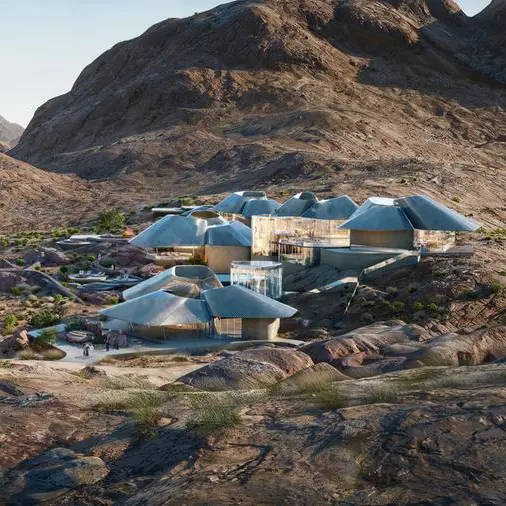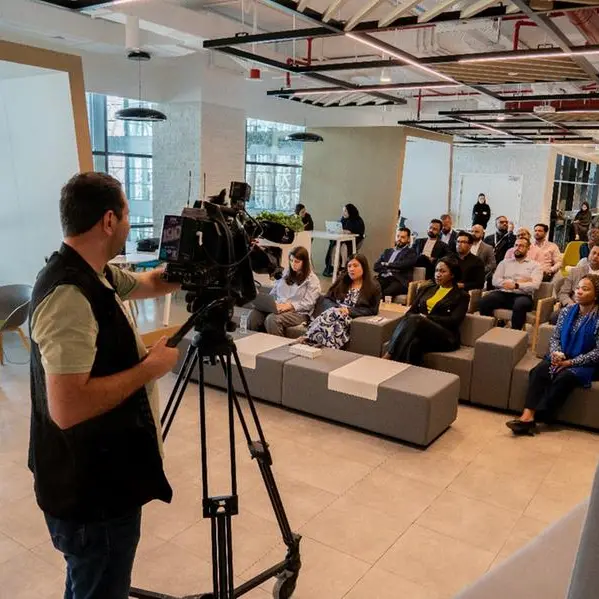Abu Dhabi, UAE - A ground-breaking new report by the G20’s Global Infrastructure Hub (GI Hub) outlines infrastructure investment needs globally and individually for 50 countries and seven sectors to 2040.
The report, Global Infrastructure Outlook, reveals the cost of providing infrastructure to support global economic growth and to start to close infrastructure gaps is forecast to reach US$94 trillion by 2040, with a further $3.5 trillion needed to meet the UN Sustainable Development Goals (SDGs) for universal household access to drinking water and electricity by 2030, bringing the total to $97 trillion.
Outlook, which can be accessed through an online tool, also reveals that $18 trillion – almost 19% – of the $97 trillion, will be unfunded if current spending trends continue.
Every year $3.7 trillion will need to be invested in infrastructure to meet the demands of an accelerating global population, the equivalent of the total annual GDP of Germany, the world’s fourth largest economy. And in order to meet the water and electricity SDGs, the investment need forecast increases by an additional $236 billion per year until 2030, when the goals are due to be met.
This is not just a major challenge for emerging countries that need to create new infrastructure, but also for advanced countries that have ageing systems that have to be replaced.
The United States will have the largest gap in infrastructure spending, at $3.8 trillion, while China will have the greatest demand, at $28 trillion, representing a massive 30% of global infrastructure investment needs.
The ultimate achievement of the SDGs by 2030 is reliant on the provision of quality infrastructure. On current trends, investment will fall substantially short of meeting SDGs for water and electricity.
Saudi Arabia
The report also looks in detail at the infrastructure investment gaps for the Kingdom of Saudi Arabia (KSA. ) KSA is forecast to meet 81% of its infrastructure investment needs. Specifically, the report mentions that while KSA is expected to meet investment needs in the airports and ports sectors, its roads sector spending requires an extra 50% to meet its needs.
This reflects the global trend which points to the road and electricity sectors requiring the greatest spending as the global population becomes increasingly urbanised. Urban population proportion in KSA is also expected to increase from 83% in 2015 to 94% in 2040.
Outlook’s unique database provides a huge opportunity for GCC businesses and investors to identify global projects and sectors with investment needs.
Outlook also shows:
· By 2040, the global population will grow by almost two billion people – a 25% increase. Rural to urban migration continues with the urban population growing by 46%, triggering massive demand for infrastructure support.
· The world’s greatest infrastructure needs will be in Asia, which will require $52 trillion by 2040 to meet demand.
· Meeting the SDGs for electricity and clean water provision will require $3.5 trillion more than is currently needed to close infrastructure investment gaps.
· Closing the global investment gap will require annual infrastructure investment to increase from the current level of 3% of global GDP to 3.5%. Meeting SDGs will require this to increase further to 3.7% between now and 2030.
· The road and electricity sectors require the greatest spending as the global population becomes increasingly urbanised.
Outlook is a world leading project that includes a detailed analysis and online tool. It is the result of an intensive study of 50 countries and 7 industry sectors by the GI Hub and Oxford Economics, the leader in global forecasting and quantitative analysis.
“Outlook is a comprehensive and detailed analysis of infrastructure investment need. It gives the new country and sector spending data that governments and funding organisations have been calling for,” says Global Infrastructure Hub CEO Chris Heathcote.
“Outlook tells us three key things, how much each country needs to spend on infrastructure to 2040, where that need is for each infrastructure sector, and what their gap is, based on their current spending trends.
"Most significantly it advises governments and the private sector on where the greatest needs are, and how much should be spent to provide infrastructure for communities in the future.
“We believe this information will be key to governments, and indeed those organisations that fund, plan and build infrastructure projects into the future – and providing sustainable cities with social and economic benefits for all.”
The Outlook report and online tool can be found at: outlook.gihub.org
Peer review
Outlook is the result of a year-long research partnership with Oxford Economics. The Global Infrastructure Hub acknowledges the contribution of peer reviewers: the International Monetary Fund, the European Bank for Reconstruction and Development, the Inter-American Development Bank, the Australian Treasury, University of Cape Town, and the Brattle Group.
About Global Infrastructure Hub
The Global Infrastructure Hub (GI Hub) was launched in 2014 with a G20 mandate to increase the flow and the quality of opportunities for public and private infrastructure investment. We work to facilitate a better supply of quality, bankable government infrastructure projects to the private sector, identifying reforms, planning approaches and risk management strategies that drive public-private partnership and investment into infrastructure. We aim to be a leading reference on infrastructure best practices, providing innovations that enhance the market’s ability to finance, build and secure the best returns from infrastructure projects. For more information about GI Hub, visit: www.gihub.org
Other GI Hub projects include:
· InfraCompass, a new online tool with data and analysis of 49 countries which pinpoints leading practices for planning, procurement, and delivery of public infrastructure: infracompass.gihub.org
· Project Pipeline, a free online platform detailing early-stage information on government infrastructure projects across the globe to help the private sector make decisions on investment and participation: pipeline.gihub.org
· Allocating Risks in Public-Private Partnerships, advice for governments and the private sector in conjunction with Norton Rose Fulbright: ppp-risk.gihub.org
Relevant UN Sustainable Development Goals (SDGs)
On September 25, 2015 countries adopted a set of goals to end poverty, protect the planet, and ensure prosperity for all as part of a new sustainable development agenda.
Goal 6: Ensure access to water and sanitation for all
Goal 7: Ensure access to affordable, reliable, sustainable and modern energy for all
For more information, see: http://www.un.org/sustainabledevelopment/sustainable-development-goals/
© Press Release 2017










